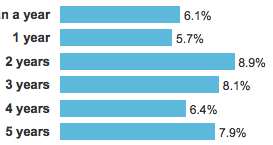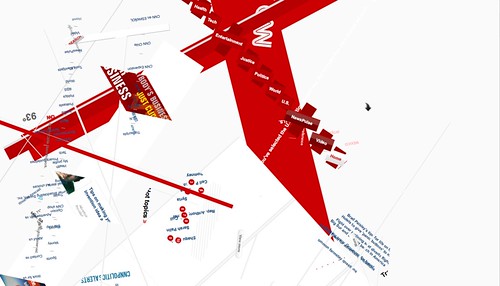Searching For Mark Pilgrim
Published 14 years, 2 months past[[ MARK IS FINE and his work is not lost. Please see the update and addendum later in the post. — E. ]]
Just yesterday, I took a screenshot of the title page of Dive Into HTML5 to include in a presentation as a highly recommended resource. Now it’s gone. That site, along with all the other “Dive Into…” sites (Accessibility, Python, Greasemonkey, etc.) and addictionis.org, is returning an HTTP “410 Gone” message. Mark’s Github, Google+, Reddit, and Twitter accounts have all been deleted. And attempts to email him have been bounced back.
This is very reminiscent of Why the Lucky Stiff’s infosuicide, and it’s honestly shocking. If anyone is in direct contact with Mark, please let me know that he’s okay via comment here or by direct e-mail, even if his internet presence has been erased. As much as I hate for the world to lose all of the incredible information he’s created and shared, that would be as nothing compared to losing the man himself.
“Embracing HTTP error code 410 means embracing the impermanence of all things.”
— Mark Pilgrim, March 27, 2003 (diveintomark.com)
Update 5 Oct 11: Jason Scott just tweeted the following:
So there you have it. I’m sorry to have helped annoy Mark, am very glad he’s well, and sincerely hope that we can all give him the privacy he desires. And with that, I’m going to sleep now. Thank you, everyone.
Addendum 5 Oct 11: Several people have asked me if I know why Mark took this step. I don’t. I have three comments in the moderation queue all claiming to be from Mark, only one of which even approaches sounding credible, and none of which have any sort of verification. Unless Mark contacts me directly, or changes his server to return an explanatory note instead of or along with a 410, or something similar, I’m as much in the dark as anyone else. If he’d like to talk with me about it, he’s certainly more than welcome to do so, but he’s under no obligation to explain himself to me or anyone else.
Mirrors of Mark’s work have started appearing (see the comments for some of them) and so his legacy, if not his presence, will not be lost. I am assuming that he has simply withdrawn from digital life, his reasons are his own, and that if he feels interested in explaining those reasons he will find a way to do so. Regardless, his path is his own and we should leave him to walk it as he chooses.

